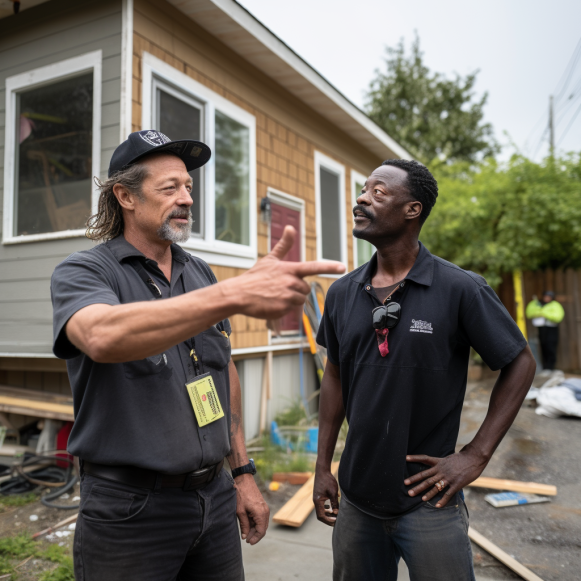Berkeley’s patchwork policies show how state housing goals complicate ADU rules

Locals voice concerns about safety and wildfires, but there are few options to appeal
On paper, getting plans for accessory dwelling units approved in California has never been easier.
However, state lawmakers’ ongoing effort to streamline the development of ADUs, which include in-law units and granny flats, frequently collides with local concerns, particularly in places like Berkeley, where housing is scarce, as are plots of land suitable for safely building these minuscule homes.
Berkeley’s planning and legal departments have been hard at work crafting — and recrafting — byzantine ADU regulations and policies since at least 2019, when state lawmakers began slashing red tape and simplifying approvals for ADU projects that met broad lists of state requirements.
And the nearly three-hour legislative session held during Tuesday’s City Council meeting gives the rest of the state a glimpse of what practical implementation of the state’s revised ADU rules looks like.
With two members abstaining, elected officials approved a list of policy updates that, among other things, set a citywide maximum height limit of 20 feet, relaxed restrictions for projects in a property’s front yard, and maintained requirements to notify adjacent neighbors of proposed ADU projects — despite the fact that there is no way for residents to appeal.
The council also decided that no on-site parking would be required for ADU tenants or existing property owners. While officials from the California Department of Housing and Community Development (HCD) recently reminded the city that this stance is in accordance with state law, last month’s debate over how a lack of parking might increase congestion and bottleneck wildfire evacuations along steep, degrading streets in the Berkeley hills deadlocked elected leaders.
The most recent changes to Berkeley’s ADU policies will be read again and possibly approved at a future council meeting.
Councilmember Rashi Kesarwani, who co-authored several of the approved changes, emphasized that the 20-foot height limit may help increase separation between structures in the hills, and Berkeley Fire Department Chief David Sprague stated that it would not pose any additional hazards.
Furthermore, Kesarwani stated that having a citywide uniform standard will streamline the construction of new homes that are physically better equipped to withstand wildfires.
“If somebody is wanting to create an accessory dwelling unit in the hills, we are better off giving them the option to go up instead of out,” he said. “We have some pertinent statistics from Paradise, California: 51% of homes built after 2008 were unscathed. Only 18% of homes built prior to 2008 remained unaltered.”
Councilmembers Sophie Hahn and Susan Wengraf, who both represent largely built-out communities in the Berkeley Hills dominated by single-family homes and face the greatest risk of wildfires from Tilden Park’s adjacent forests, voted no on the first reading of these changes.
Both stated that they desired stronger safeguards that resisted state mandates. Wengraf specifically mentioned HCD’s own handbook, which allows local agencies to consider public safety when making ADU decisions.
Noting that the Berkeley Hills receives more than 900 911 calls each month and has been devastated by wildfires in the past, Wengraf expressed concern about the city’s upcoming evacuation study, which the council agreed to consider and potentially make additional changes to ADU policy in the future.
“I haven’t seen any indication that (state housing officials with HCD) will fulfill that promise or that they will respect it,” Wengraf told the newspaper. “I’m actually disappointed that the council did not share or respect my concerns.” I’m disappointed that this council is unwilling to oppose HCD, which I believe is ignorant or misinformed about the conditions in the hillside zone. They appear to be unconcerned about the realities we face.”
Berkeley’s ADU construction has not been hampered by the ongoing policy debate.
According to Jordan Klein, the city’s director of planning and development, the city issued 528 building permits for ADUs and Junior ADUs between 2018 and 2022, and entitled an average of 78 ADU permits per year.
However, Councilmember Kate Harrison was dissatisfied with the state’s current one-size-fits-all requirements, which prevent local officials from developing solutions that combine regional housing and safety needs with community input.
“Clearly, I think that this whole issue has become sort of a small example of what is a bigger issue of development in the hills,” Harrison said. “But the little mighty ADU is not the problem.”




